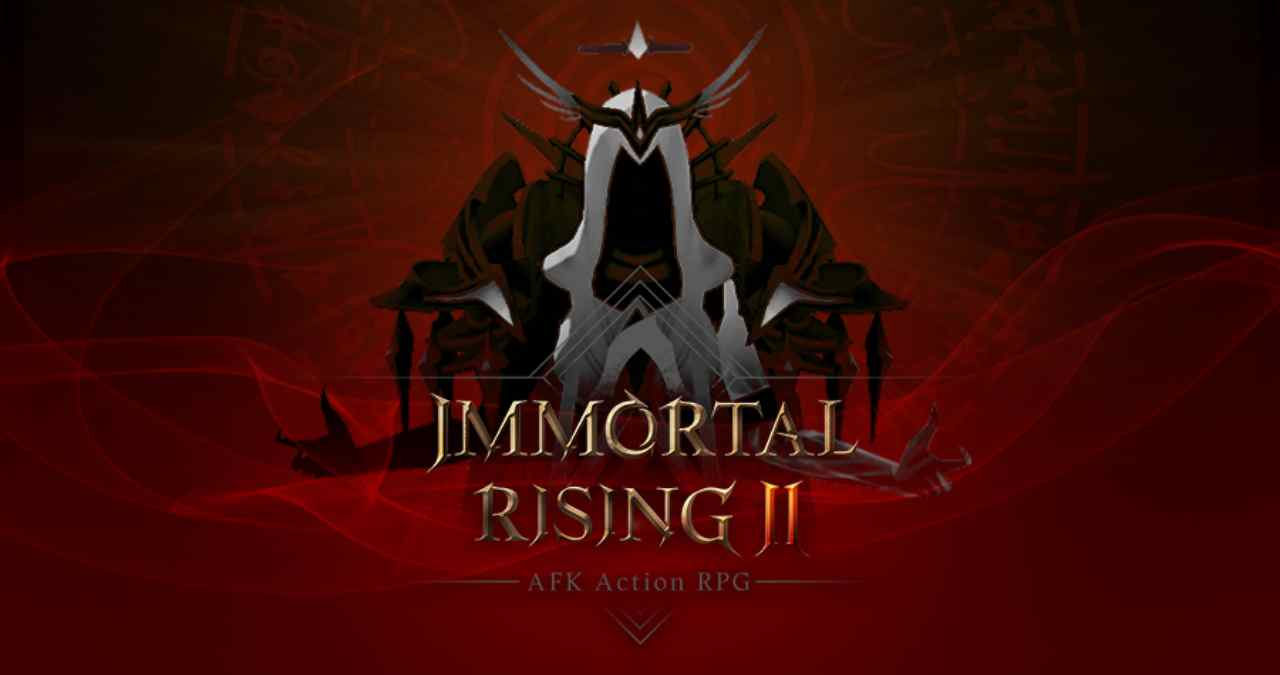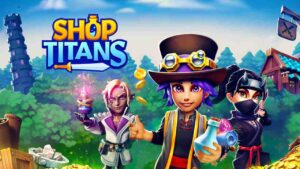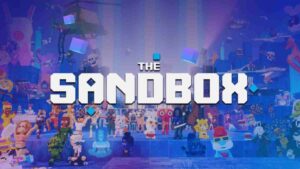Immortal Rising 2 is getting more than just balance tweaks in the second half of 2025. The developers have rolled out a new roadmap that shifts the focus toward long-term engagement, highlighting upcoming systems for player customization, structured PvP, and quality-of-life improvements.
The idle RPG genre isn’t typically known for frequent mechanical overhauls, but Immortal Rising 2 is trying to carve out more depth without losing its auto-progress foundation.
Guild Wars Bring Organized PvP to the Forefront
One of the biggest additions coming later this year is a full-fledged Guild War system. Unlike previous PvP events, which were mostly individual leaderboards or time-limited challenges, this mode introduces persistent, guild-vs-guild battles. The structure suggests rotating matchups or seasons, with rankings and rewards tied to collective performance.
Guilds in the game have existed mostly as social hubs or passive stat boosters until now. This new feature gives them a more central role in gameplay, turning loosely affiliated groups into coordinated teams with real stakes. It could push more players into organized play and reshape the way top-tier rewards are earned.
New Skin System Expands Visual Customization
Also on the roadmap is a Skin System, adding another layer of personalization for characters. While visual cosmetics in idle RPGs are often limited to gear sets or a few avatar swaps, this system aims to separate cosmetics from equipment. That means players can adjust appearance without affecting stats, and vice versa.
The initial rollout is expected to include both free and premium skins, though it’s not clear yet if blockchain elements will play a role. Given the game’s Web3 backing, NFT-based skins could eventually be part of the mix, but nothing in the current roadmap explicitly confirms that direction.
QoL Tweaks and Economy Adjustments
Beyond the headline features, several smaller updates are slated for Q3 and Q4. These include battle speed enhancements, daily task rebalancing, and revamped reward distribution in competitive modes. These types of tweaks suggest the team is listening closely to feedback around grind fatigue and progression pacing.
On the economic side, reward scaling is being reviewed, particularly for resource-heavy systems like crafting and gear upgrades. That’s likely in response to complaints about bottlenecks at mid to late levels, where currency burn often outpaces income a common issue in idle and Web3 games alike.
Web3 Integration Still Low-Key
Despite being part of a Web3 ecosystem, Immortal Rising 2 keeps blockchain mechanics mostly under the hood. There are token interactions and tradable assets, but the gameplay loop doesn’t require Web3 knowledge to function. This hands-off approach is becoming more common in hybrid games trying to reach broader audiences without pushing tokenomics front and center.
Whether upcoming features like the Skin System or Guild Wars will expand blockchain integration remains to be seen. For now, the focus seems to be on retention and community structure, not token speculation.
Positioning for Longevity
The roadmap doesn’t introduce anything wildly experimental, but it’s clearly aimed at longevity. Guild content, avatar systems, and reward adjustments all speak to a game settling into its live-service rhythm. In a space where many Web3 titles peak early and fizzle, Immortal Rising 2 is taking the more methodical route.
Whether it sticks depends on how those systems feel once implemented and whether they push players toward strategy and coordination, or just another layer of routine. Either way, the second half of 2025 looks like a key stretch for shaping the game’s long-term identity.
Web3 Analyst & Play Blockchain Games Guide
CryptoKit breaks down Web3 gaming like it’s second nature. From tokenomics to airdrop strategies, she turns blockchain chaos into clear, actionable advice for players who want to win more than XP.




